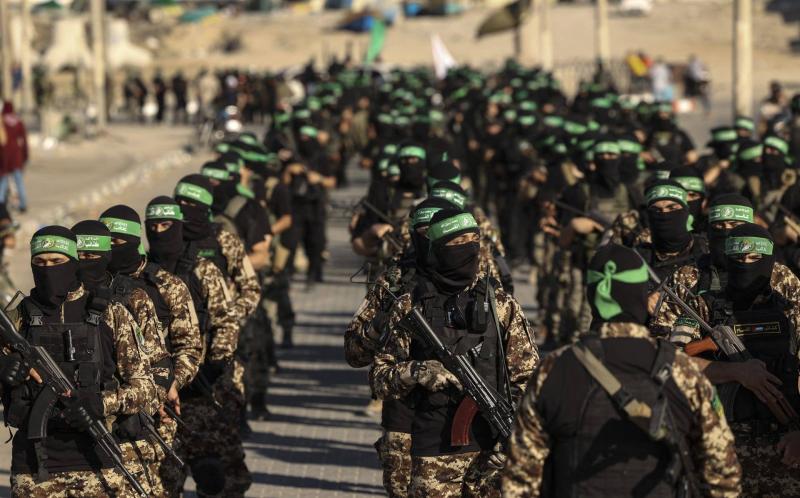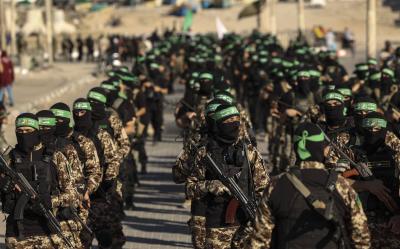Hamas utilized "spies" within Israel during the attack it carried out in the Gaza vicinity on October 7, according to documents reviewed by the British newspaper "The Guardian." The group, classified as a terrorist organization in the U.S. and several European countries, had been planning the attack for years, and as part of this, it created detailed maps "with the help of spies" inside Israel prior to October 7.
The newspaper adds that "this information was obtained by the Israeli army after examining vast quantities of phones, laptops, and documents seized from militants in the battlefield and in Gaza." To delve into the Arabic-written documents and decode millions of electronic data, Israel reactivated a unit called "Amshat" (abbreviation for the department responsible for retrieving enemy documents and technical equipment) after October 7. An Israeli officer stated that the purpose of "Amshat" is to understand "Hamas's offensive and defensive plans" and to obtain operational intelligence and a better understanding of its doctrine.
The latest information revealed indicates "the considerable lack of understanding by the powerful Israeli security establishment of Hamas's capabilities before the attack and the vast amount of signs or clues that were ignored," according to "The Guardian." Meanwhile, "The New York Times" reported last week that Israeli officials had reviewed a 40-page battle plan for Hamas’s final attack, but deemed it too difficult for Hamas to carry out. Warnings from Israeli military observers, most of whom are women, that Hamas fighters were openly training in preparation for the attack were also ignored.
Among the documents found was a comprehensive map of an Israeli military base, said to be more detailed than required by the Israel Defense Forces themselves. An Israeli intelligence source told "The Guardian" that compiling such a map could only have been done with "insider knowledge," and it was almost certainly "from a Hamas spy." About 3,000 Hamas fighters participated in the cross-border attack, but the Israeli military response was notably slow, sometimes taking several hours to respond, while some Hamas fighters remained at large for days, according to the British newspaper.
A wide range of documents and other items seized from Hamas were shown to journalists on Monday, along with a small selection of documents published publicly. Journalists were also requested not to describe the materials too precisely, with information such as locations being omitted for operational security reasons. "The Guardian" clarifies that one of the published documents was originally handwritten but was recovered from a laptop. It includes details of a plan to seize an Israeli military command site near the Gaza border fence with two battalions of soldiers, listing their weapons and roles, and contains a carefully drawn map of the targeted location.
Other documents published also indicate that Hamas valued hostage-taking. Some documents recommended that Hamas fighters use a list of phrases in Hebrew, phonetically translated from Arabic words. The retrieved copies of the lists, published by Israel on Monday, include translations of phrases like "raise your hands and spread your legs" and "take off your clothes."
The war in Gaza erupted on October 7 following an unprecedented attack launched by Hamas on Israeli territory, resulting in over 1,200 fatalities, mostly civilians, according to Israeli authorities. In response to the attack, Israel vowed to "eliminate" Hamas and relentlessly bombed the Gaza Strip until a ceasefire took effect. According to the Hamas government, more than 15,000 people have been killed in Gaza, including over 6,000 children.




